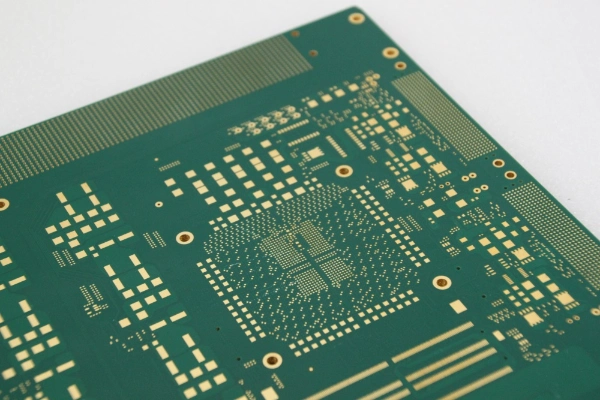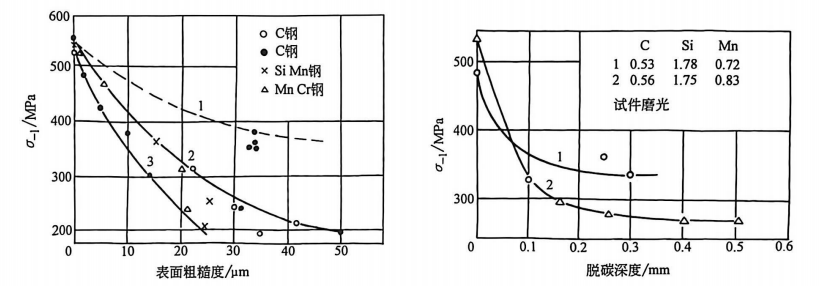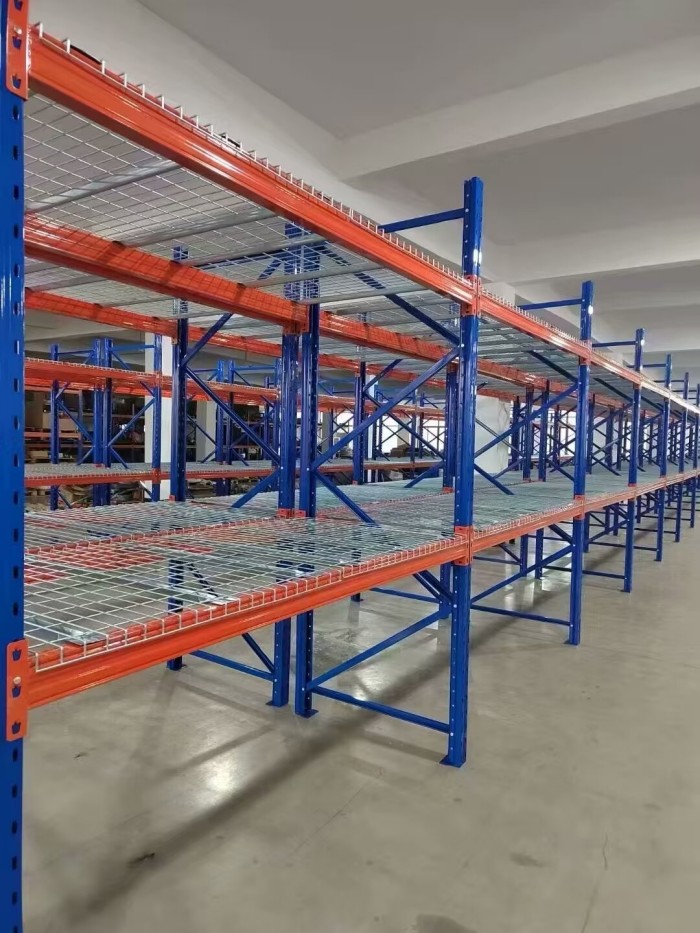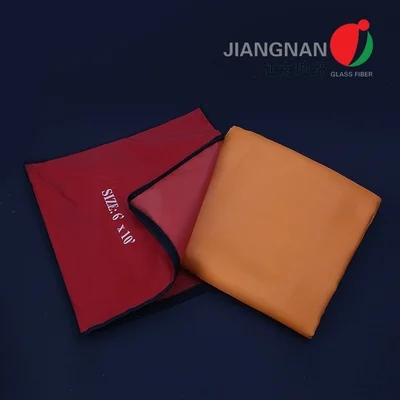In the realm of construction and architecture, the quest for the strongest material for walls has been an ongoing pursuit. Walls serve as the backbone of any structure, providing stability, security, and insulation. In recent years, a revolutionary material has emerged, captivating the attention of scientists and engineers alike - graphene. This article delves into the exceptional properties of graphene and explores its potential as the ultimate wall material.
- Understanding Graphene:
Graphene, a single layer of carbon atoms arranged in a hexagonal lattice, is renowned for its extraordinary properties. It is the thinnest, lightest, and strongest material known to humankind. Its remarkable strength arises from the covalent bonding between carbon atoms, forming a two-dimensional structure with exceptional mechanical properties. - Unparalleled Strength:
Graphene possesses an unparalleled tensile strength, with estimates suggesting it is 200 times stronger than steel. This incredible strength enables graphene walls to withstand immense pressure and resist deformation, making them highly durable and long-lasting. Additionally, its exceptional stiffness prevents cracks and structural failures, ensuring the integrity of the entire structure. - Impenetrable Barrier:
One of the most desirable qualities in a wall material is its ability to act as an impenetrable barrier. Graphene excels in this aspect as well. Despite being only one atom thick, graphene is impermeable to even the smallest gas molecules, including helium. Its densely packed carbon atoms create an impenetrable shield, making it an ideal material for walls that require high levels of gas and moisture resistance. - Thermal and Electrical Conductivity:
Graphene's exceptional thermal and electrical conductivity further enhances its appeal as a wall material. Its ability to efficiently conduct heat and electricity allows for effective temperature regulation within buildings. Graphene walls can facilitate the distribution of heat or cold, reducing energy consumption and enhancing overall energy efficiency. - Environmental Sustainability:
In addition to its exceptional properties, graphene also offers environmental benefits. As a carbon-based material, it is abundant in nature and can be produced sustainably. Furthermore, graphene walls can contribute to energy savings by reducing the need for excessive heating or cooling, thereby minimizing the carbon footprint of buildings.
Conclusion:
In the quest for the strongest material for walls, graphene emerges as a game-changer. Its unparalleled strength, impenetrable barrier properties, thermal and electrical conductivity, and environmental sustainability make it a compelling choice for the construction industry. As scientists continue to explore its potential and refine production techniques, graphene holds the promise of revolutionizing the way we build and design structures, ensuring a future where walls are not just strong but also smart and sustainable.










+ There are no comments
Add yours